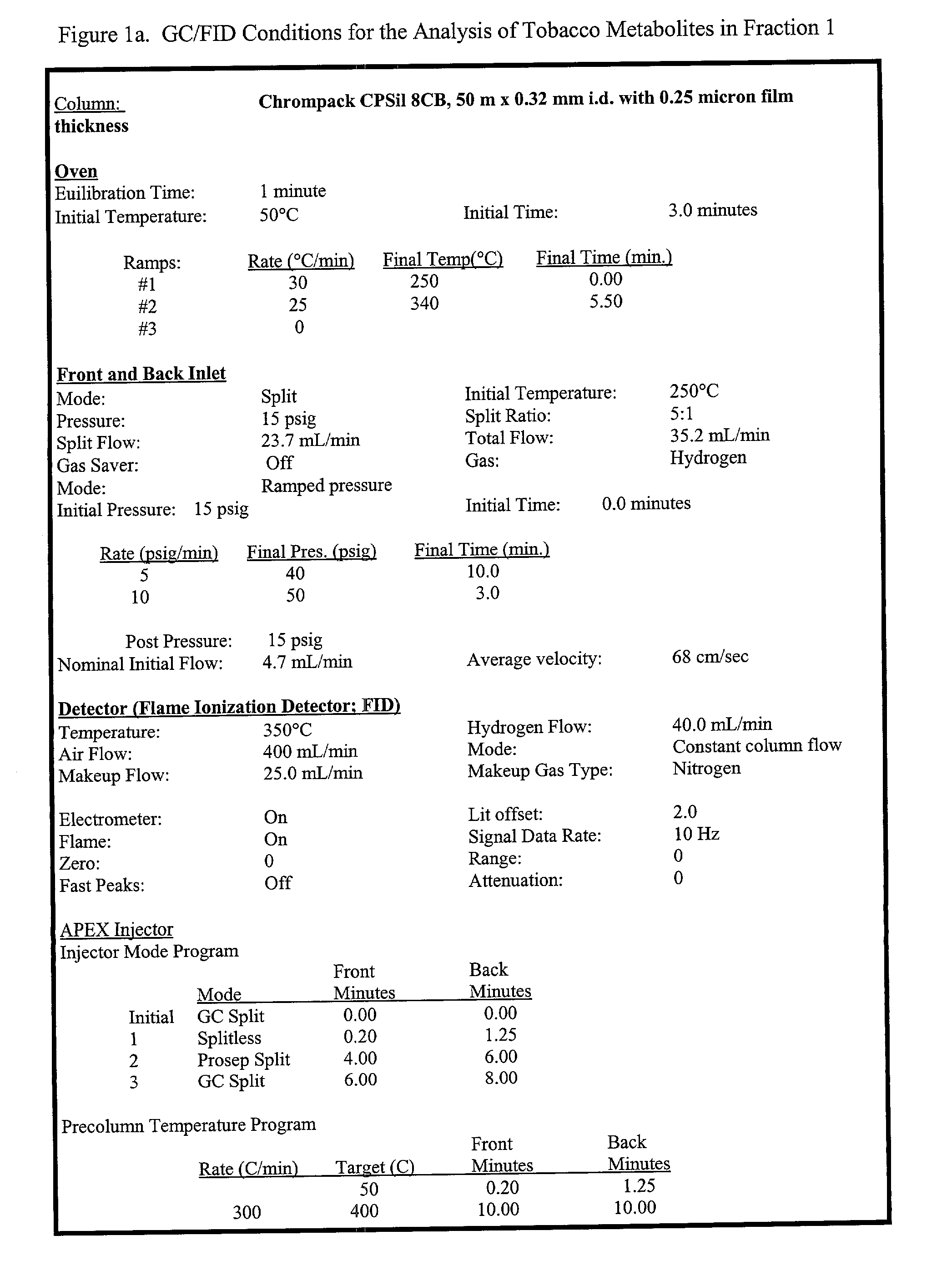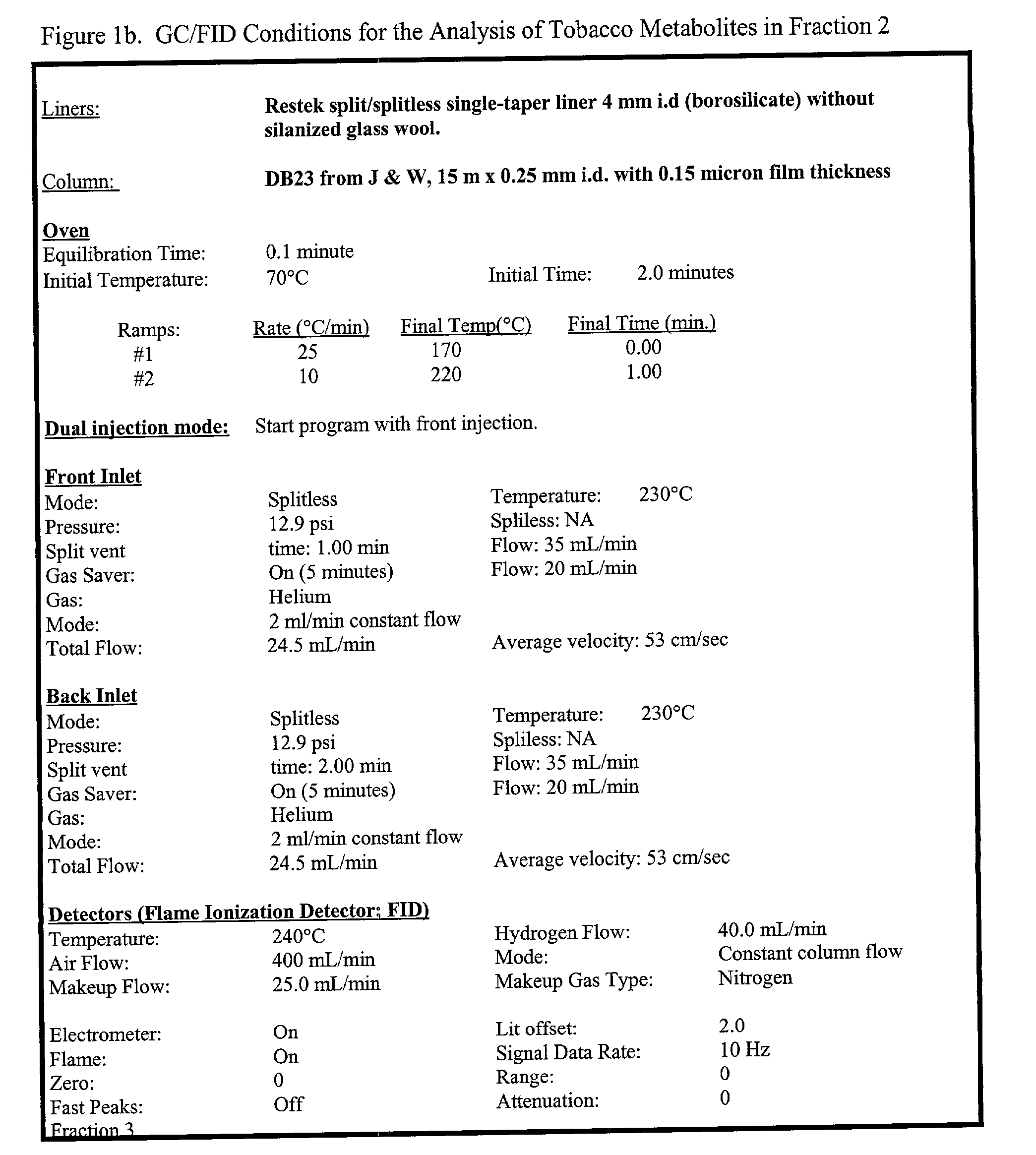Methods of creating dwarf phenotypes in plants
a technology of dwarf phenotypes and plants, applied in the field of methods of creating dwarf phenotypes in plants, can solve the problem of high rate of systemic infection of plants
- Summary
- Abstract
- Description
- Claims
- Application Information
AI Technical Summary
Benefits of technology
Problems solved by technology
Method used
Image
Examples
examples
[0200] I. Construction and Characterization of a Normalized Arabidopsis cDNA library in GENEWARE.RTM. Vectors
[0201] A. Plant Tissue Generation:
[0202] Arabidopsis thaliana ecotype Columbia (0) seeds were sown and grown on PEAT LITE MIX (Speedling Inc., Sun City, Fla.) supplemented with NUTRICOTE fertilizer (Plantco Inc., Ontario, Canada). Plants were grown under a 16-hour light / 8-hour dark cycle in an environmental controlled growth chamber. The temperature was set at 22.degree. C. for daytime and 18.degree. C. for nighttime. The entire plant, root, leaves and all aerial parts were collected 4 weeks post sowing. Tissue was washed in deionized water and frozen in liquid nitrogen.
[0203] B. RNA Extraction:
[0204] High quality total RNA is isolated using a hot borate method. All solutions were made in DEPC-treated, double-deionized water and autoclaved. All glassware, mortars, pestles, spatulas, and glass rods were baked at 400.degree. C. for four hours. All plasticware was DEPC-treated f...
PUM
 Login to View More
Login to View More Abstract
Description
Claims
Application Information
 Login to View More
Login to View More - R&D
- Intellectual Property
- Life Sciences
- Materials
- Tech Scout
- Unparalleled Data Quality
- Higher Quality Content
- 60% Fewer Hallucinations
Browse by: Latest US Patents, China's latest patents, Technical Efficacy Thesaurus, Application Domain, Technology Topic, Popular Technical Reports.
© 2025 PatSnap. All rights reserved.Legal|Privacy policy|Modern Slavery Act Transparency Statement|Sitemap|About US| Contact US: help@patsnap.com



